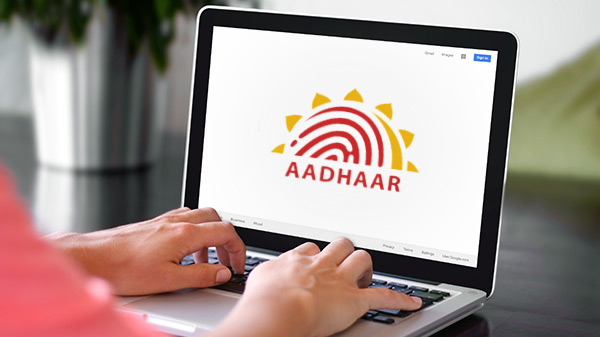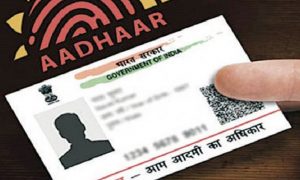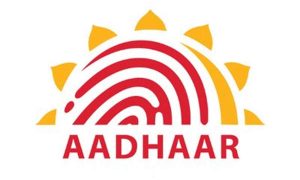After the Supreme Court, through an interim ruling, indefinitely extended the Aadhaar linking deadline with various documents and accounts, many heaved a sigh of relief. The apex court is yet to decide on several petitions to make Aadhaar mandatory for government services and the overarching matter of citizens’ right to privacy. However, having an Aadhaar card and registering your mobile number with the Unique Identification Authority of India (UIDAI) can make your money life easier.
So, keep whatever biases you have aside, and read on to find out some of these benefits.
First step to benefiting from your Aadhaar
To get the ‘real’ benefits of your Aadhaar, you need to register your mobile phone number with the UIDAI database. Although it is not mandatory to register or link your mobile number with UIDAI, doing so can make your life much easier. Registering your number will give you hassle-free access to various online services offered by the UIDAI such as correcting your Aadhaar details, generating a Virtual Aadhaar ID, and downloading e-Aadhaar. All of these services are one-time password (OTP) enabled, so you will have to register your mobile number with UIDAI to authenticate these transactions.
Here are three situations where having an Aadhaar and registering your mobile number with UIDAI can save you a lot of hassle.
While there are several ways to verify your income tax return (ITR), e-verifying it using your Aadhaar number online is a convenient method. Linking Aadhaar with your PAN card is a must to get your ITR processed and June 30 is the current deadline for it. It would be even better if you get your mobile number registered with UIDAI to conveniently e-verify your ITR. Before you link your Aadhaar and PAN, make sure that all the details match. For instance, if your PAN card is in your maiden name and the Aadhaar card in your post-marital name, then you will not be able to link the two until you correct the name in one of the documents.
Know-your-customer (KYC) compliance is mandatory for various financial institutions. And here, too, Aadhaar can come in handy. Going for Aadhaar-based KYC saves you the effort of uploading and verifying scanned copies of your documents to complete the process.
The Employees’ Provident Fund Organisation (EPFO) has introduced several measures to reduce the claims settlement period — it has now enabled the system to aim for a settlement time of 5 days. To settle your online EPF claim within five days, you need to link your Universal Account Number (UAN) with your Aadhaar. The EPFO has also introduced an Aadhaar-linked ‘composite claim form’ that has two unique advantages. One, a claim can be submitted even without the employer’s attestation, and second, you don’t have to attach or send any documentary evidence to the EPFO while claiming partial withdrawals for meeting housing, marriage, education or medical needs. To authenticate the claim process, an OTP is sent to the registered mobile number with Aadhaar database. Once this OTP is entered, submit the ‘Composite claim form (Aadhaar)’ and the withdrawal process will be initiated.





































